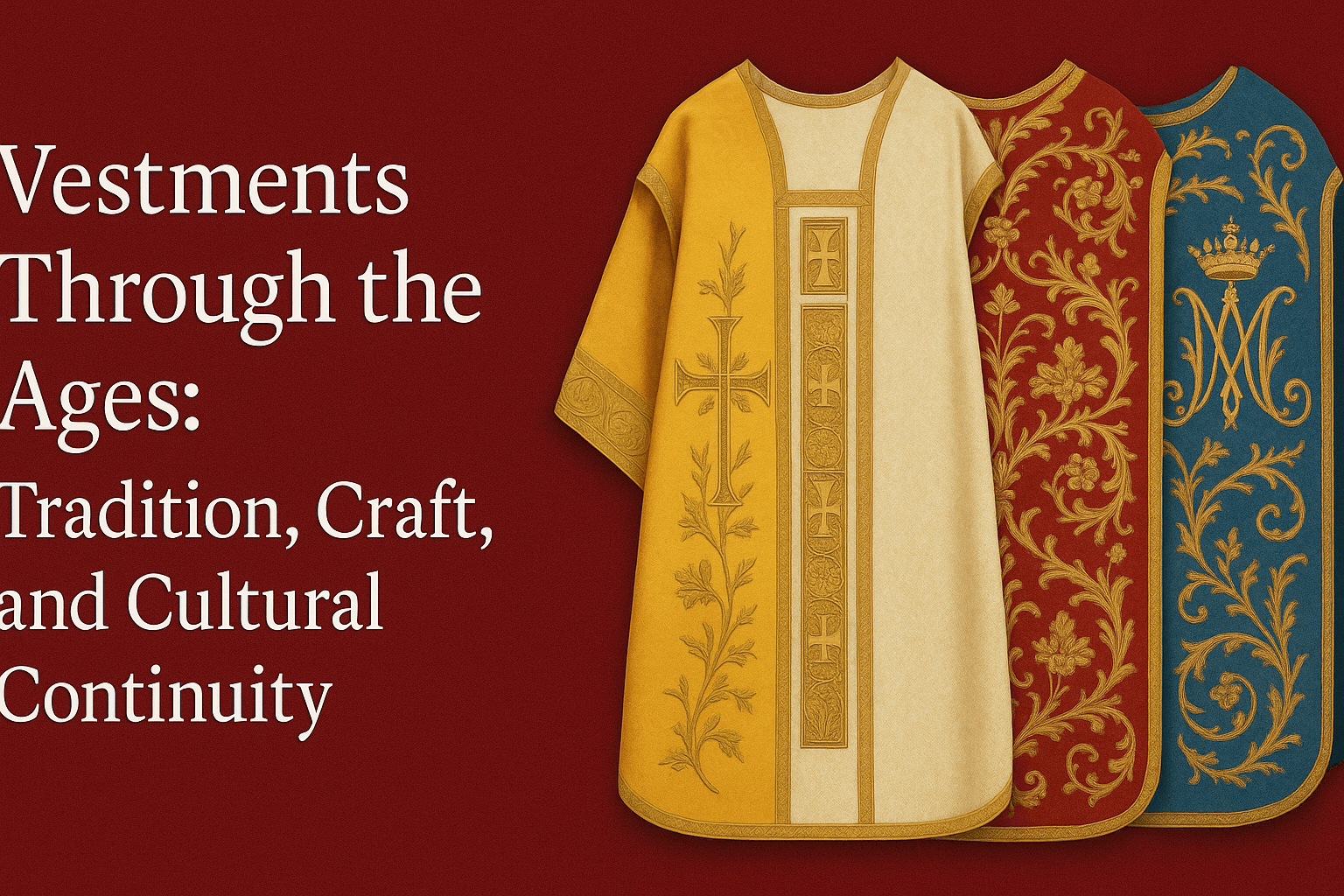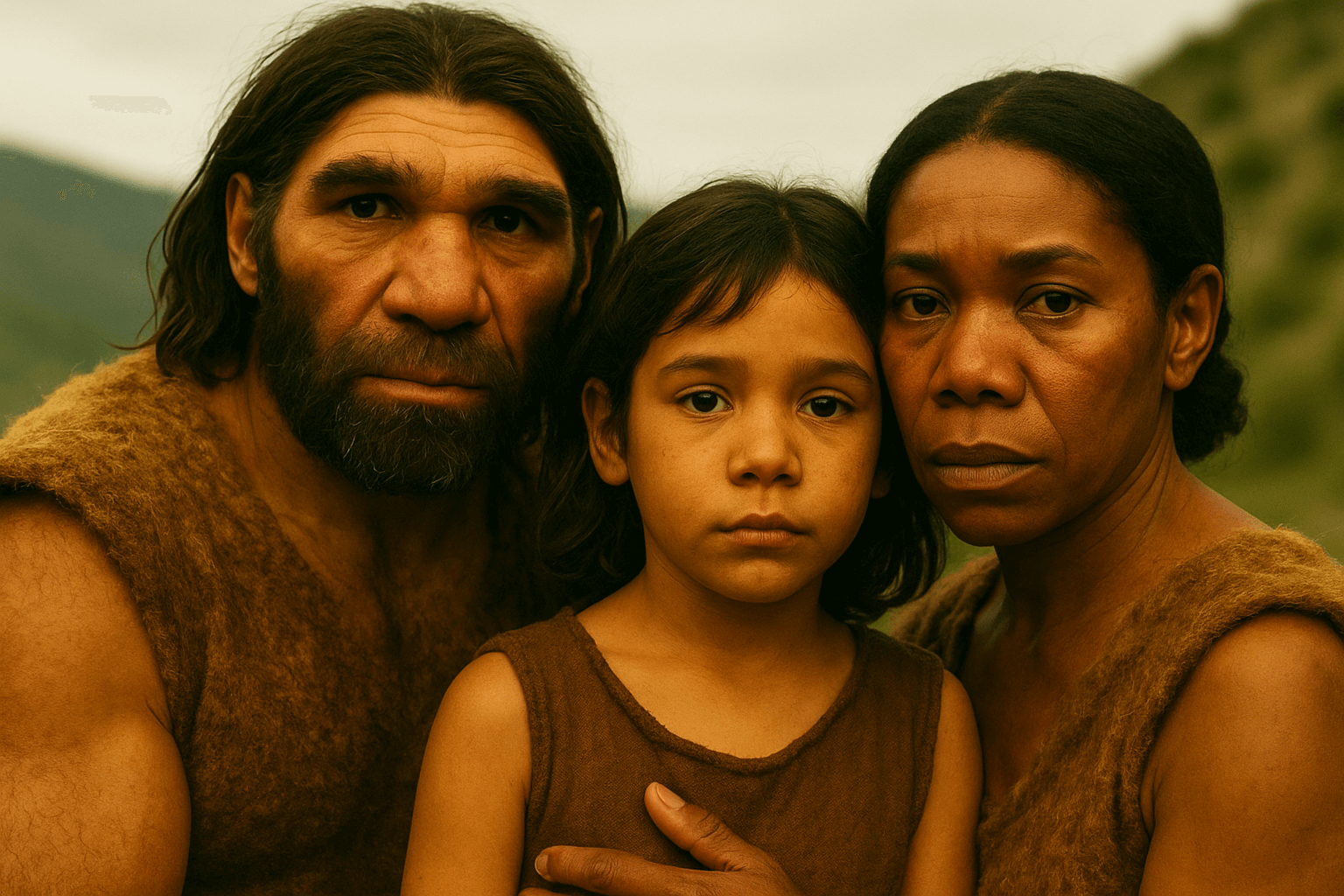In the heart of Athens, standing on the sacred rock of the Acropolis, the Erechtheion temple serves as a testament to the architectural ingenuity and artistic finesse of ancient Greece. Among its many notable features, the Caryatids—sculpted female figures that take the place of traditional columns—hold a special place in the annals of classical art and architecture. These figures not only embody the aesthetic ideals of their time but also carry a wealth of cultural and historical significance that continues to resonate with audiences today.
Origins and Design
The term "Caryatid" is derived from the town of Karyai in the Peloponnese, where young women performed dances in honor of Artemis Karyatis, a local iteration of the goddess Artemis. These figures, with their elegant stances and meticulously carved drapery, showcase the ancient Greeks' mastery over marble, turning static architecture into a dynamic celebration of form and function.
Original photograph by Mark Cartwright
Reconstruction artwork by Tabo Ayala / Arqueo Tabo
The Caryatids are part of the Erechtheion, a temple complex dedicated to both Athena and Poseidon, which is celebrated for its architectural complexity. Unlike the monolithic columns of the Doric or Ionic orders, the Caryatids offer a blend of strength and grace, standing in a contrapposto stance that suggests movement and vitality. Each figure is distinct, with its own posture and drapery, hinting at individual personalities and a level of detail that invites viewers to engage with them as more than mere architectural elements.
Symbolism and Function
The Caryatids carry an entablature on their heads, symbolizing not only their strength but also their role as intermediaries between the heavens and the earth. This dual function—both structural and decorative—highlights the ancient Greek belief in the harmony between beauty and utility. Furthermore, their serene and poised expressions embody the ideal virtues of Greek society, such as balance, moderation, and grace.
A powerful image of two Caryatids on the Acropolis of Athens, Greece, by Jean Francois Bonhomme, from Jacques Derrida’s Athens, Still Remains, 1966.
In the broader context of Greek mythology and culture, the Caryatids also evoke themes of dedication and service, reflecting the civic and religious duties of Athenian citizens. Their placement on the Erechtheion, a site of religious significance, underscores their role as guardians of the city's heritage and spiritual well-being.
Legacy and Preservation
The original Caryatids have been moved to the Acropolis Museum to protect them from environmental damage, with replicas now standing in their stead on the Erechtheion. This decision, while practical, sparked discussions on the preservation of cultural heritage and the responsibilities of modern societies to safeguard their ancient legacies.
Using specially developed laser technology, conservators at the Acropolis Museum stripped centuries of grime from the Caryatids statues, among the great divas of ancient Greece.
Credit...Eirini Vourloumis for The New York Times
Today, the Caryatids continue to captivate visitors, embodying the artistic and architectural achievements of ancient Greece. Their enduring appeal lies not just in their aesthetic qualities but in their ability to bridge the past and present, reminding us of the timeless values and enduring legacy of classical civilization.
As we gaze upon the Caryatids, whether in the Acropolis Museum or at their original site, we are reminded of the rich tapestry of history and culture that shaped the ancient world. They stand not only as pillars of marble but as pillars of heritage, bearing witness to the ingenuity, artistry, and vision of a civilization that continues to inspire and awe humanity centuries later.
In the final analysis, the Caryatids of the Acropolis are more than mere sculptures; they are a symbol of the enduring beauty and strength of human creativity. As we seek to preserve and understand our shared heritage, they serve as a poignant reminder of the importance of art and architecture in connecting us to our past and guiding us toward a deeper appreciation of our collective history.
Acropolis Museum, Athens
The Intersection of Art and Identity
The Caryatids also serve as a focal point for discussions on cultural identity and the transmission of values across generations. In their silent grace, they carry the weight of a civilization's ideals, reflecting the ancient Greeks' pursuit of perfection in both the physical and philosophical realms. This pursuit is manifested in their architecture, which was not merely functional but deeply imbued with symbolic meaning, reflecting the societal values and religious beliefs of the time.
Global Influence and Contemporary Relevance
The influence of the Caryatids extends far beyond the borders of ancient Greece, contributing to the architectural and artistic vocabularies of subsequent civilizations. Their form and function have been reinterpreted in various cultural contexts, serving as a source of inspiration for artists and architects around the world. The concept of integrating sculptural elements into architecture, as seen with the Caryatids, has encouraged a more holistic approach to design, one that considers aesthetic harmony and thematic depth.
In contemporary times, the Caryatids prompt reflection on issues of cultural preservation, the impact of environmental degradation on historical sites, and the ethical dimensions of museum collections. The Parthenon Marbles controversy, which is a debate over the return of cultural artifacts to their countries of origin, emphasizes the Caryatids' significance in ongoing discussions about heritage and identity.
Caryatids at Euston, by J. C. F. Rossi.
Moreover, the Caryatids challenge us to consider the role of women in ancient societies and the ways in which they are represented and remembered. As embodiments of idealized female beauty and virtue, the Caryatids offer insights into ancient Greek attitudes towards women while also inviting contemporary audiences to reflect on gender, representation, and power in historical narratives.
The Caryatids of the Acropolis stand as enduring icons of classical antiquity, their elegance and strength transcending the centuries to speak to us today. As we admire their beauty and ponder their significance, we are reminded of the universal human desire to express our highest ideals through art and architecture. They encourage us to reflect on our own cultural legacies and the ways in which we choose to honor and preserve the past for future generations.
In this light, the Caryatids are not just relics of a bygone era but vibrant participants in a continuing dialogue between the past and present. They remind us that history is not static but a living, breathing entity that shapes and is shaped by contemporary values and debates. As custodians of this rich heritage, we are challenged to engage with it thoughtfully and creatively, ensuring that the legacy of the Caryatids and all they represent endures for millennia to come.












